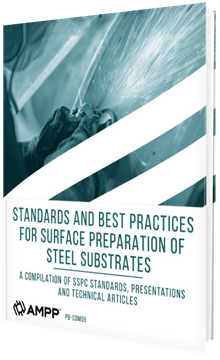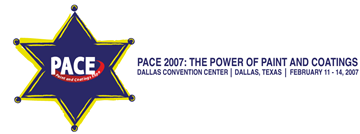Search
Products tagged with 'surface preparation'
View as
Sort by
Display
per page
SSPC-SP 6 (WAB)/NACE WAB-3-2015, “Commercial Wet Abrasive Blast Cleaning”
Product Number:
21199-SG
ISBN:
1-57590-324-5
Publication Date:
2015
$109.00
SSPC-SP 7/NACE No. 4-2006, Brush-Off Blast Cleaning
Product Number:
21068-SG
ISBN:
1-57590-102-1
Publication Date:
2006
$109.00
Standards and Best Practice for Surface Preparation of Steel Substrates
Product Number:
PB-C0M05-POD
ISBN:
978-1-57590-416-0
$185.00
Standards, Training and Certification in the Oil and Gas Industry
Product Number:
51216-014-SG
Publication Date:
2016
$20.00
Steel Bridge Shop Painting Issues and Answers: The FDOT Experience
Product Number:
41206-289-SG
Publication Date:
2006
$20.00
Steps to a More Effective Blasting Operation
Product Number:
41213-730-SG
Publication Date:
2013
$20.00
Successful Surface Preparation of Hot-Dip Galvanized Iron & Steel and Hardware Surfaces for Painting
Product Number:
51218-121-SG
Publication Date:
2018
$20.00
Surface And Defect Preparation Using Atmospheric Plasma For Non-Metallic Pipe Repair
Product Number:
51322-18175-SG
Publication Date:
2022
$20.00
Surface Finishing of Welds Prior to Coating; Weld Comparator Only
Product Number:
22001-1
ISBN:
Plastic Weld Comparator Only
$85.00
Surface Preparation: Advances in Chemical Coating Removal
Product Number:
41207-341-SG
Publication Date:
2007
$20.00
Surface Soluble Salts Impact on Protective Coating Performance
Product Number:
51220-277-SG
Publication Date:
2020
$20.00
Testing Adhesion of Coatings on Concrete Using ASTM D7234
Product Number:
41215-895-SG
Publication Date:
2015
$20.00












